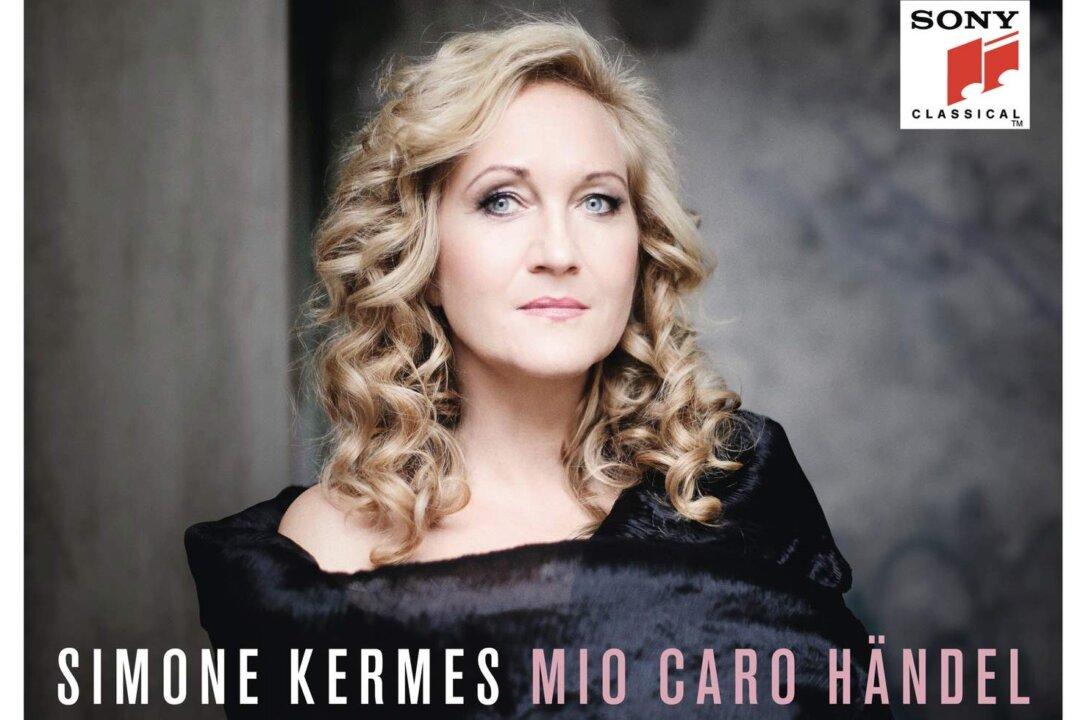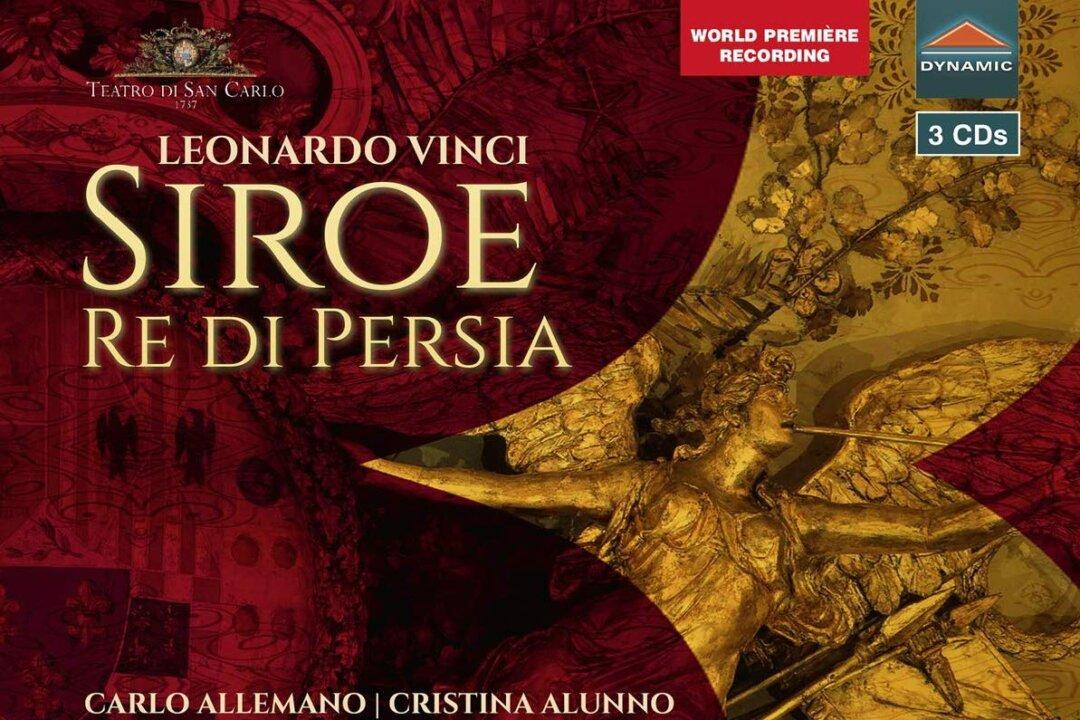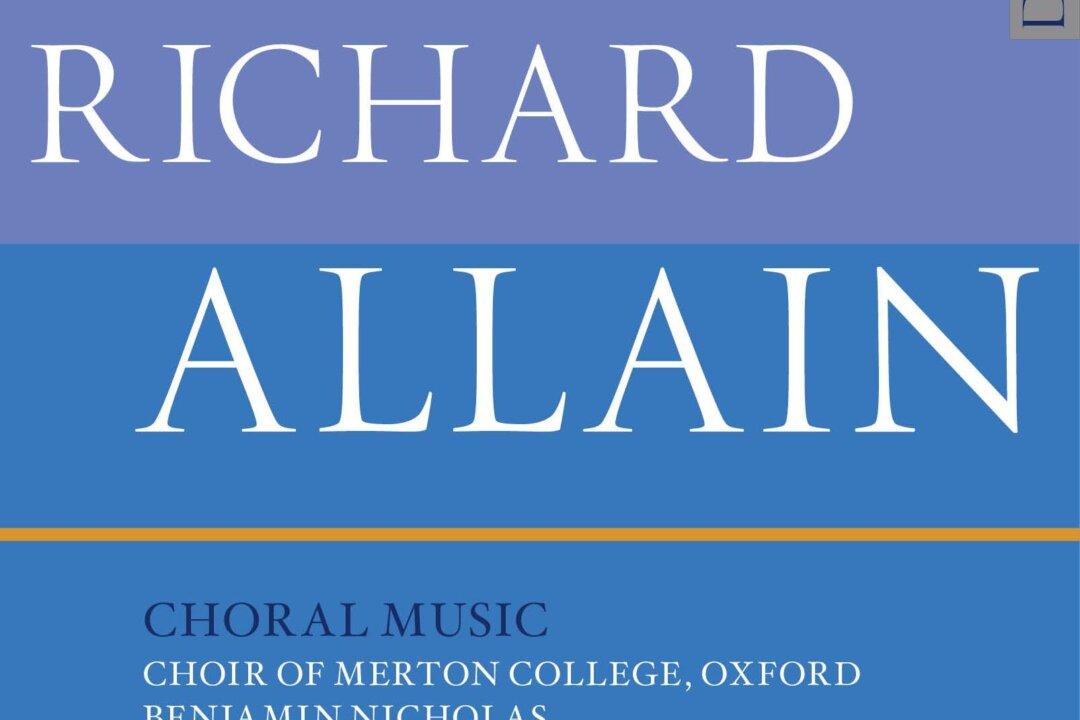This latest disc from The Marian Consort and director Rory McCleery (on Delphian), “In Sorrow’s Footsteps,” compares and contrasts old and modern settings of iconic sacred texts, by performing the “Stabat Mater” by Giovanni Pierluigi da Palestrina (1525–1594) and also by Gabriel Jackson (born 1962); and the “Miserere” (Psalm 51) by Gregorio Allegri (circa 1582–1652) and also by James MacMillan (born 1959). Two motets by Palestrina complete the program.
The Marian Consort sings these works one voice to a part, which provides and interesting perspective on pieces that are generally sung by larger ensembles nowadays; only Gabriel Jackson’s piece, written for The Marian Consort, was conceived for single voices. Palestrina’s music, written for the Sistine Chapel Choir, would have been performed by single voices and larger groups, and James MacMillan’s piece was written for The Sixteen, which has, of course, 16 voices.





